Televisions are among the most commonly used household appliances that account for a small portion of the monthly electricity usage. Just like any other appliance, using a TV comes at a price. But how much does it cost to run a TV? On average, running a TV (50 - 200W) for 5 hours a day will cost $0.03 - $0.16 per day, $0.90 - $4.80 per month, and $10.80 - $57.60 per year. While they may not be the biggest energy hog in your home, the cost of running a TV adds up over time.
Jackery Solar Generators allow you to power the television setup and other household appliances for long hours. These solar-powered generators will help you cut the monthly utility bills and reduce reliance on the grid. Even if you are hosting an outdoor movie night, the solar generators will help you supply steady electricity to multiple appliances, such as TVs, projectors, speakers, lights, etc. This comprehensive guide focuses on how much it costs to run a TV.
Key Takeaways
- TVs consume between 50 and 200 watts per hour, depending on the type and size of the model.
- On average, you can expect to pay between $0.05 - $0.20 per day, $1.49 - $6.08 per month, and $17.87 - $72.92 per year to run a 100W TV for 5 hours per day.
- Unplugging the TV when not in use and upgrading to Energy Star efficient models are a few ways to lower the TV's power consumption.
- Jackery Solar Generators are essential home backup solutions suitable for powering different types of TVs without using electricity from the grid.
How Many Watts Does a TV Consume
The wattage of the TV varies depending on the model, size, and special features. On average, the wattage consumption of the TV lies between 50 and 200 watts. If you watch TV for 5 hours every day, the power consumption will be 250Wh—1000Wh per day. You will need to understand how many watts a TV uses to calculate the power consumption and the cost to run the appliance.
How Much Does It Cost to Run a TV
When you get the monthly electricity bill, you can only check the total amount you are charged and not how much your TV contributes to the final bill. Based on an average TV wattage of 100W, runtime of 5 hours, and the electricity rate in the US of 15.95 cents per kWh, the cost to run the appliance will be $0.09 daily, $2.39 monthly, and $28.71 yearly.
Here is how much does it cost to run a Plasma TV (150W) for 5 hours per day:
[(Wattage Consumption × Hours Used) ÷ 1000] × Electricity Rate Per kWh (in Dollars)
= (150 × 5 ÷ 1000) × $0.1595 = $0.11/day
Similarly, you can calculate how much does it cost to run a Smart TV or how much does it cost to run a LCD TV.
Daily, Monthly, and Yearly Expenses to Run a TV
The cost to run a TV daily, monthly, and yearly varies by US state. Assuming that you run a TV (100W) for 5 hours per day, here is how much it costs to run a TV over the course of a day, a month, and a year.
|
Wattage |
Usage (Hrs/Day) |
State |
Rate in cents per kWh |
Daily Cost
|
Monthly Cost |
Yearly Cost |
|
100W |
5H |
New Jersey |
19.68 |
$0.10 |
$2.95 |
$35.42 |
|
100W |
5H |
New York |
25.31 |
$0.13 |
$3.80 |
$45.56 |
|
100W |
5H |
Illinois |
15.81 |
$0.08 |
$2.37 |
$28.46 |
|
100W |
5H |
Ohio |
15.64 |
$0.08 |
$2.35 |
$28.15 |
|
100W |
5H |
North Dakota |
9.93 |
$0.05 |
$1.49 |
$17.87 |
|
100W |
5H |
South Dakota |
12.09 |
$0.06 |
$1.81 |
$21.76 |
|
100W |
5H |
Florida |
14.43 |
$0.07 |
$2.16 |
$25.97 |
|
100W |
5H |
Georgia |
13.52 |
$0.07 |
$2.03 |
$24.34 |
|
100W |
5H |
North Carolina |
12.47 |
$0.06 |
$1.87 |
$22.45 |
|
100W |
5H |
South Carolina |
13.81 |
$0.07 |
$2.07 |
$24.86 |
|
100W |
5H |
Texas |
14.68 |
$0.07 |
$2.20 |
$26.42 |
|
100W |
5H |
Colorado |
15.01 |
$0.08 |
$2.25 |
$27.02 |
|
100W |
5H |
Idaho |
10.82 |
$0.05 |
$1.62 |
$19.48 |
|
100W |
5H |
Montana |
11.41 |
$0.06 |
$1.71 |
$20.54 |
|
100W |
5H |
Nevada |
13.92 |
$0.07 |
$2.09 |
$25.06 |
|
100W |
5H |
New Mexico |
13.73 |
$0.07 |
$2.06 |
$24.71 |
|
100W |
5H |
Utah |
12.12 |
$0.06 |
$1.82 |
$21.82 |
|
100W |
5H |
Wyoming |
11.69 |
$0.06 |
$1.75 |
$21.04 |
|
100W |
5H |
California |
30.22 |
$0.15 |
$4.53 |
$54.40 |
|
100W |
5H |
Oregon |
14.44 |
$0.07 |
$2.17 |
$25.99 |
|
100W |
5H |
Alaska |
24.74 |
$0.12 |
$3.71 |
$44.53 |
|
100W |
5H |
Hawaii |
40.51 |
$0.20 |
$6.08 |
$72.92 |
|
100W |
5H |
US |
15.95 |
$0.08 |
$2.39 |
$28.71 |
Source: Electric Power Monthly - US Energy Information Administration (EIA)
Official Tips to Reduce the Cost to Run a TV
TV does not use a lot of wattage per hour, but it often runs for multiple hours a day. If you have more than one TV in your home, the cost can add up and impact your electricity bills. Here are some tips offered by Energy Star and the US Department of Energy to lower the power consumption:
Choose Energy Star Certified TVs
According to the Energy Star reports, the Energy Star-certified TVs are 25% more energy efficient than conventional models. They save energy in all usage models: sleep, idle, and so on.
Unplug the Appliances
Some household appliances keep on consuming electricity in standby mode or when they are switched off, costing you around $100 per year. TVs quietly drain electricity, even when they are turned off. One way to reduce the power consumption of a TV is by unplugging the appliance.
Adjust Viewing Habits
Consider lowering brightness and contrast settings to reduce the power consumption without sacrificing viewing quality. Many TVs have an energy-saving model that can further lower the running cost of the appliance.
Use a Power Strip or Smart Plugs
You can use a power strip that features on/off switches to plug in the TV. Surge protector power strips come with such switches that can be used to turn off the TV when not in use. It prevents the TV from consuming power in standby mode.
Invest in a Solar-Powered Generator
Jackery Solar Generators can power TVs and electronic entertainment devices with the help of solar energy. It can help you offset the usage of grid electricity. If you live in an outage-prone area, the solar-powered generator ensures essential appliances like TVs, fridges, fans, and lights stay powered for long hours.
How to Save on Your Electricity Bill With Jackery Solar Generators
Jackery is a global leader in manufacturing highly efficient and portable solar generators, power stations, and solar panels. The foldable solar panels convert sunlight into electricity, which is stored in portable power stations for later use. The solar generators are quiet and emission-free, which makes them ideal for powering appliances during movie nights. Here are some of the Jackery Solar Generators for solar-powered TVs:
Jackery Solar Generator 300 Plus
The Jackery Solar Generator 300 Plus is a compact, lightweight solar-powered generator that can power various TV types and sizes. Its foldable handle and compact design allow you to move the solar generator anywhere you go. It is suitable for watching TV during a blackout or planning an outdoor movie night. You can run an 80W TV for 3 hours a day to save up to $1.14 monthly and $13.78 yearly.
Appliances Running Time
- LED TV (50W) = 4.9H
- Plasma TV (150W) = 1.6H
- OLED TV (200W) = 1.2H
- Projector (100W) = 2.4H
- Smart Speaker (50W) = 4.9H

Customer Review
"With everything that is going on in the world, having something like this is a must. Next Hurricane, I will be extra ready. I am going to use this thing camping, at the beach, on the boat, and anywhere I need a little extra power." — Robert Sheriff.
Jackery Solar Generator 600 Plus
The Jackery Solar Generator 600 Plus is suitable for larger smart TVs and other midsize household appliances. The high battery capacity supports long viewing sessions or multiple devices simultaneously. If you run a TV (100W) for 5 hours a day with the solar generator, you can save up to $2.39 monthly and $28.71 yearly. The savings can increase if you power multiple appliances with a solar generator instead of grid electricity.
Appliances Running Time
- LED TV (50W) = 10.7H
- Plasma TV (150W) = 3.6H
- OLED TV (200W) = 2.7H
- Projector (100W) = 5.4H
- Smart Speaker (50W) = 10.7H

Customer Review
"My new Jackery Explorer 600 Plus + SolarSaga 100 x 1 works great for setting up my telescope, cooled camera, and laptop in remote dark sky locations. It provides all the power I need to get me through long night astrophotography sessions." — Chris Moore.
How Much Does It Cost to Run a TV FAQs
How much electricity does a TV typically use per hour?
On average, most TVs consume between 50W and 200W per hour. While modern TVs consume 100W per hour, older models are less efficient and draw between 200W and 300W per hour.
How much does it cost a month to leave your TV on 24 hours a day?
If you have a TV consuming 100W that runs for 24 hours a day, the total power consumption will be 2.4 kWh. If the electricity rate is 15.95 cents per kWh, the monthly cost to leave a TV on 24/7 will be $11.48. However, the cost might vary depending on the TV wattage, size, and type.
The electricity bill went up by $300 with the new TV. Is this normal?
A $300 increase in your electricity bill due to a new TV is unlikely to be solely attributed to the new TV. While TVs consume power, a $300 increase suggests other factors, such as increased overall usage or higher electricity rates, are at play. If you want to calculate how much it costs to run a TV, simply multiply the power consumption (in kilowatt-hours) by the local electricity rate.
Conclusion
Televisions don't seem like major power hogs, but when used for hours daily and in multiple rooms, they contribute to your monthly energy bills more than you'd expect. Once you have calculated how much it costs to run a TV, you can focus on usage habits and invest in a solar-powered generator to lower the electricity bills. Jackery Solar Generators are home battery backups that ensure essential home appliances remain powered so you can enjoy entertainment powered by the sun without reliance on the grid.

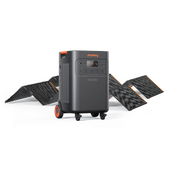
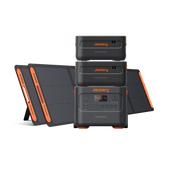

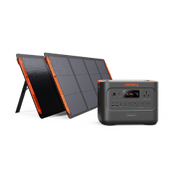


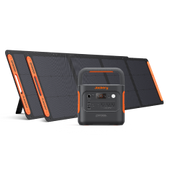



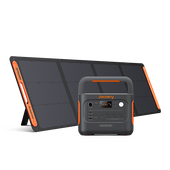
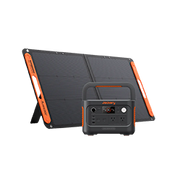


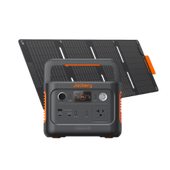
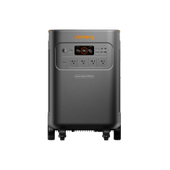
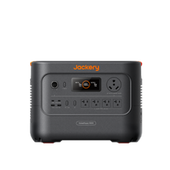
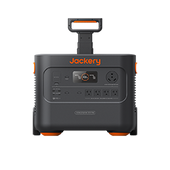










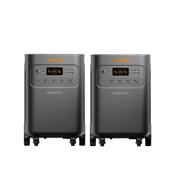



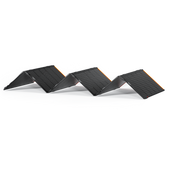
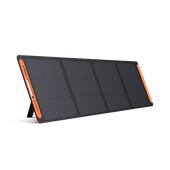

![[Add - on] Jackery Manual Transfer Switch for Explorer 5000 Plus - Jackery](http://www.jackery.com/cdn/shop/files/add-on-jackery-manual-transfer-switch-for-explorer-5000-plus-9017324.png?v=1754016782&width=170)






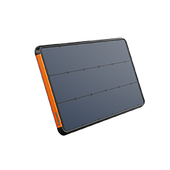

















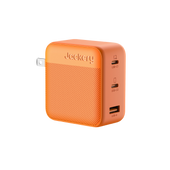
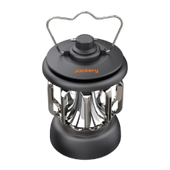


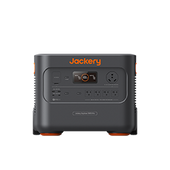
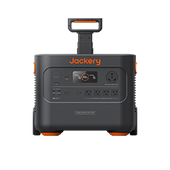






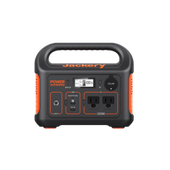
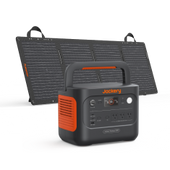
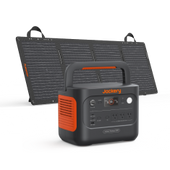






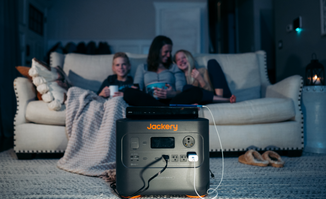


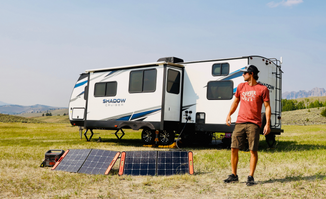









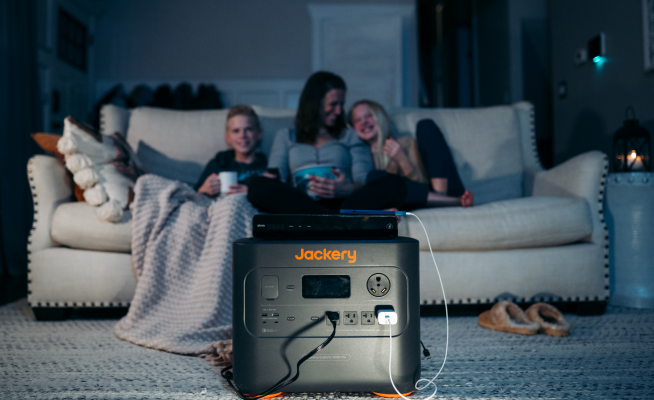


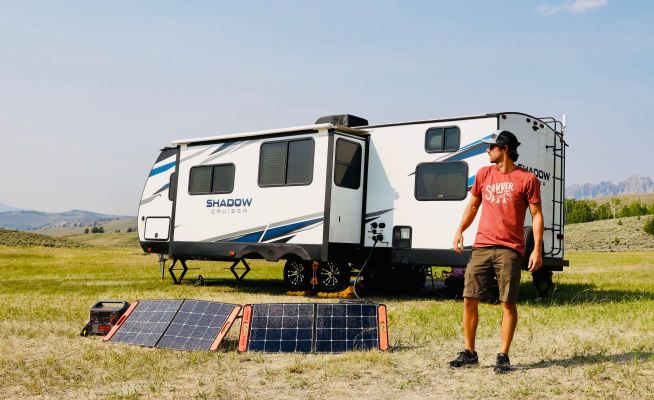




















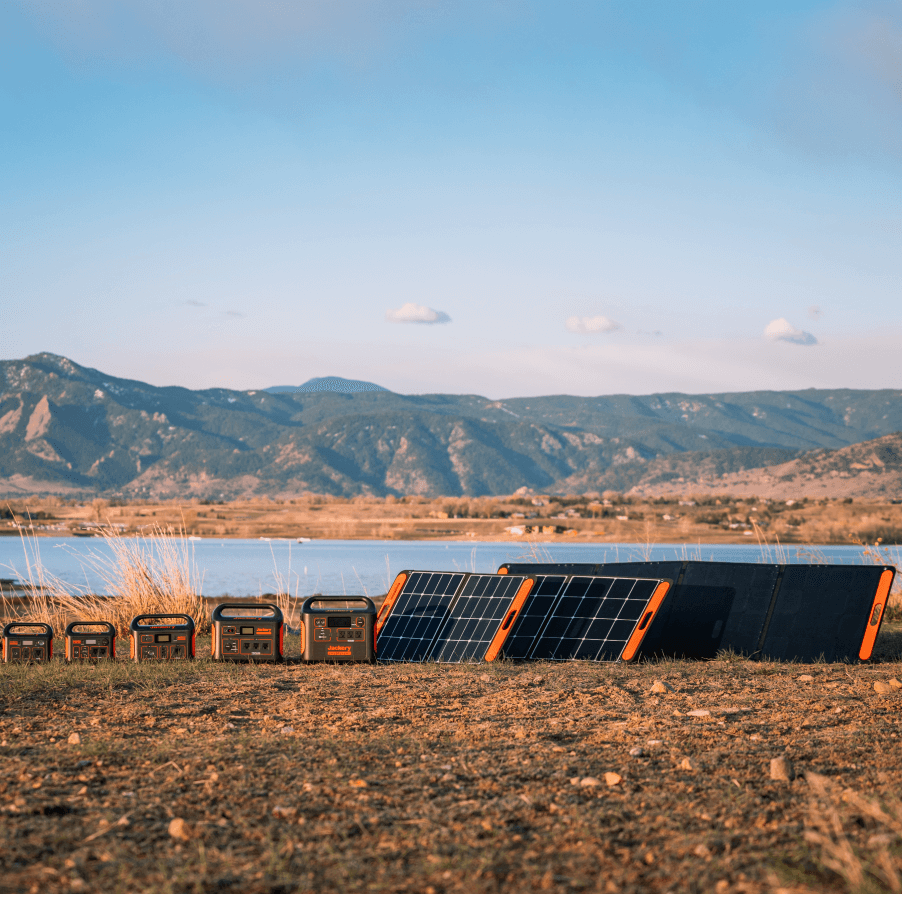
Leave a comment